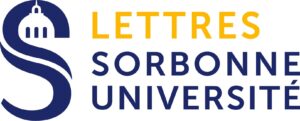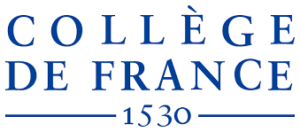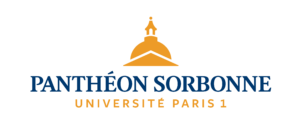Tessellata vitrea tardoantichi e altomedievali

Bibliothèque de l’Antiquité Tardive 32
2016
Texte en italien et anglais
This book illustrates the production of mosaic glass and the laying technique of wall mosaic tesserae in Late Antique and Early Medieval times, focusing in particular on the case of Milan.
The production of mosaic glass and the laying technique of wall mosaic tesserae in Late Antique and Early Medieval times is the subject of this book, focusing in particular on the case of Milan.
The first part examines the production process of glass mosaics, in order to reconstruct the commercial and cultural exchanges of the period being studied. Different tools (ethnoarchaeology, technical recipes, archaeometric analyses, archaeological remains, economic sources, quantitative estimates, restoration reports) are used to track the indicators of a workshop producing coloured and gold-leaf mosaic glass-cake, to identify the markers of mosaic glass history and technology, and to detect the material outcome of the actions performed by the mosaicist.
The second part investigates the specific issues of the case of Milan, for which a contradictory literature exists, in terms of chronology and cultural framework of the mosaic art. In particular, it reviews the hypotheses relating to a specific glass production workshop and a school of mosaicists.
The archaeological remains, literary sources, iconographic evidence, and archaeometric analyses, despite their difficult interpretation, allow the identification of three stages of diffusion of the mosaic art in Milan: the late Imperial age, the age of the Goths, and the final centuries of the Early Middle Ages. Four significant cases are analysed: the Imperial mausoleum of St. Victor ad Corpus (4th century), the Basilica of St. Lawrence (early 5th century), the baptistery of St. John ad Fontes (end 5th-6th century) and the Basilica of St. Ambrose (5th-6th and 10th centuries).
This research contributes to several open questions: the technology of glass and gold in a period of technological transition, the mural decoration of Milanese buildings, the choices made by the customers who financed the buildings, the investment required, the social and commercial relations established in order to carry out the works.
La produzione e la messa in opera delle tessere musive in epoca tardoantica e altomedievale sono indagate, studiando in particolare il caso di Milano.
Etnoarcheologia, ricettari, analisi archeometriche, resti archeologici, fonti economiche, stime quantitative, documentazione di restauro sono utilizzate per rintracciare gli indicatori di un atelier che produce piastre musive colorate e a foglia d’oro, i marker di cronologia, provenienza e tecnologia ottenibili dalle analisi chimiche sul vetro musivo e l’esito materiale dei gesti eseguiti da chi mette in opera rintracciabili sui frammenti ritrovati in scavo archeologico.
Nella seconda parte viene riconsiderata criticamente l’ipotesi dell’esistenza di una bottega milanese per la realizzazione di materiali musivi e di una scuola che le metta in opera. A fronte di una bibliografia contraddittoria sulla datazione e l’origine culturale di queste competenze, vengono valutati i resti archeologici di decorazioni musive parietali e vengono caratterizzati con analisi archeometriche. La distribuzione dell’arte musiva e gli apporti commerciali e culturali che hanno comportato la realizzazione dei mosaici sono così meglio definiti.
La ricerca contribuisce alla tecnologia del vetro e dell’oro, all’organizzazione della produzione del vetro musivo, allo studio delle tecniche di messa in opera a partire dai frammenti, alla decorazione parietale dei monumenti milanesi, alle scelte e alle relazioni dei committenti che hanno finanziato gli edifici.
Elisabetta Neri is a Late Antique and Early Medieval archaeologist. She holds a PhD from the Catholic University of Milan. After two post-doctoral fellowships at the Labex RESMED and at the Paris-Sorbonne University, she is an associate researcher at UMR 8167, Orient & Mediterranée, Paris and temporary researcher at CNRS, UMR 5060, IRAMAT, Orléans. She is teaching in French and Italian Universities (Université Paris-Sorbonne, Université Cergy-Pontoise, Università Cattolica del Sacro Cuore di Milano).
Her scientific work follows a multidisciplinary approach (archaeology, archaeometry and written sources) and is focused on the craft techniques (wall mosaics, glass, polychromy of statues, medieval copper), on the early Christian churches of Milan and on the archaeology of perceptions.




